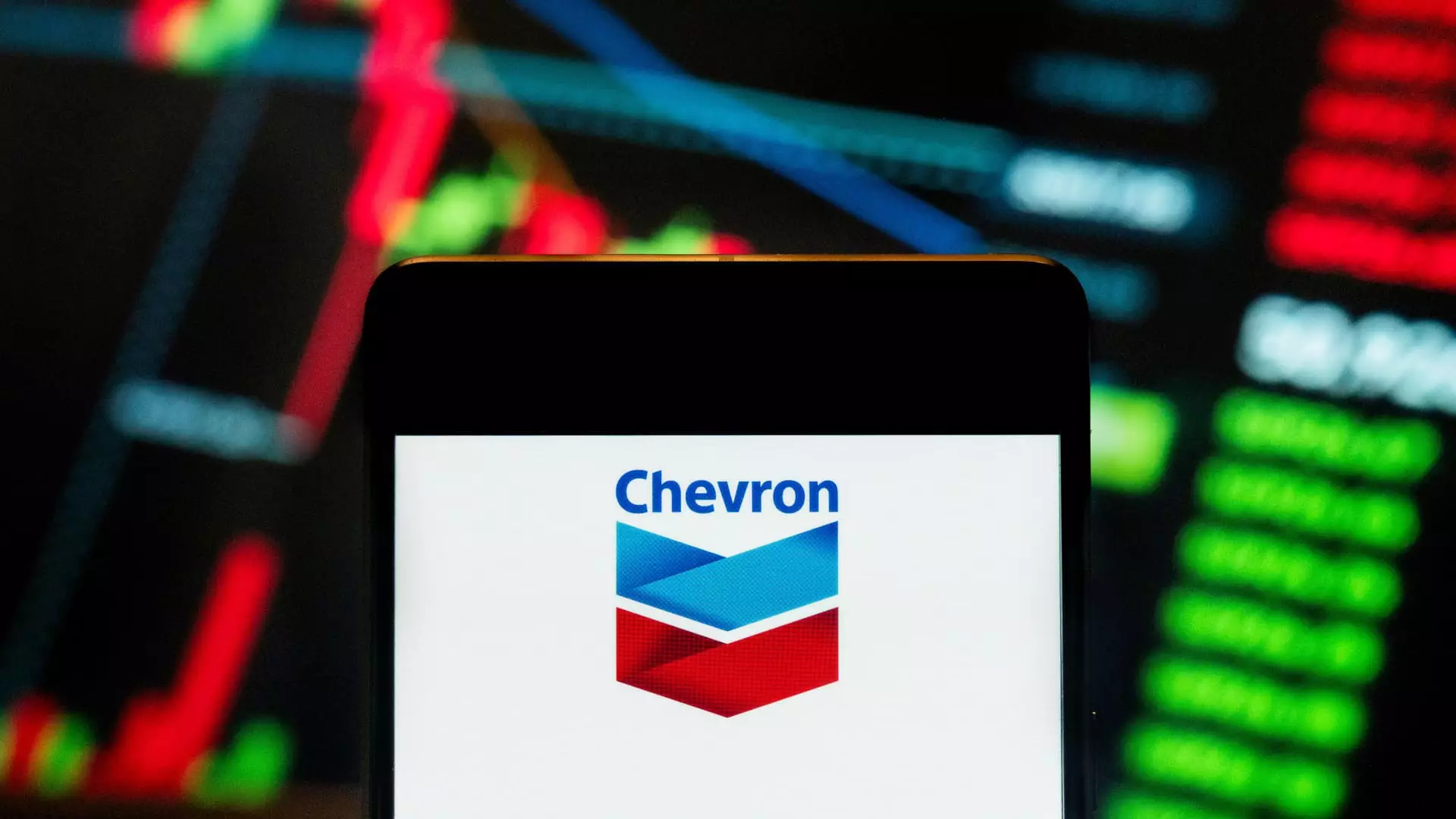Investors searching for stability among tumultuous markets often flock to dividend stocks, lured by the promise of consistent returns and appealing yields. However, beneath the veneer of financial security lies a complex landscape, littered with volatility and uncertainty. In this dynamic environment, understanding which companies genuinely uphold their dividend commitments becomes essential. As geopolitical tensions, such as trade disputes between the U.S. and China, continue to loom, the attraction towards dividends intensifies. Yet, one must cautiously tread this often treacherous path.
The Allure of Dividend Payments
Dividend-paying stocks appeal to investors for various reasons, but the central motivator remains the desire for reliable income streams amidst the existential dread of economic fluctuations. Companies that consistently return cash to shareholders through dividends promise a semblance of stability, often masking the underlying issues they face. As we dissect the recent choices of Wall Street analysts, we must ask whether these recommendations reflect a genuine chance for long-term stability or merely a return to a mythical past where dividends signified success.
Take Chord Energy (CHRD), for instance. This company has recently garnered attention for announcing its commitment to return 100% of its free cash flow (FCF) through both dividends and share repurchases. While the dividend yield of 6.8% appears attractive, the reality is that the oil sector is notoriously susceptible to price shifts. Analysts can tout operational efficiencies and reduced capital expenditures all they want, but the industry’s intrinsic unpredictability means that misleading optimism could lead investors astray. The promise of a stable dividend may be more an act of desperation than a reliable financial strategy.
The Pitfalls of Dividend Dependency
When looking at oil giants such as Chevron (CVX), the narrative becomes even murkier. Despite a sizable dividend yield of 4.8%, the company has recently acknowledged pressures from lower oil prices and impending tariff impacts. The reality is that Chevron’s commitment to returning cash to shareholders appears increasingly tenuous when weighed against market volatility. Stagnating stock buybacks signal uncertainty, raising questions about the sustainability of its dividend.
Though analysts, including those at Goldman Sachs, assert the stock’s long-term attractiveness, we must scrutinize such claims against a backdrop of broader economic instability. Can Chevron’s fleeting operational successes truly safeguard against the long-term risks posed by changing economic landscapes? Analysts have a disconcerting tendency to adhere to previous ratings even when market indicators suggest a possible downturn. The disconnect between analyst forecasts and economic realities raises alarm bells about potential losses disguised by optimistic outlooks.
Hollow Promises or Genuine Potential? Analyzing EOG Resources
EOG Resources (EOG) further exemplifies this precarious balance between perceived stability and potential peril. The company has reported robust earnings and committed to returning substantial portions of its FCF to shareholders. On the surface, this appears to paint a rosy picture, but beneath the superficial sheen exists a more complex narrative. EOG’s decision to cut its capital budget to navigate macroeconomic uncertainties is a pragmatic choice; however, it also signals the pervasive threat lingering over energy stocks.
While one can commend EOG for its ability to pivot in response to external pressures, a significant concern lies in the idea that continued cash returns may only be a temporary fix to underlying issues. Dependency on dividends can blind investors to crucial operational challenges that remain unaddressed – a dangerous oversight in times of heightened instability. The suggestion that EOG can confidently guarantee returns hinges on a fragile foundation, and those striving for stability in their portfolios may find disappointment lurking around the corner.
The Analyst Hype: Navigating Misleading Signals
The credibility of financial analysts should also draw scrutiny in the context of dividend yields. Despite the impressive rankings of analysts like Neil Mehta of Goldman Sachs or Gabriele Sorbara of Siebert Williams Shank, their consistently optimistic outlooks could distort investor perspectives. It’s easy to become enchanted by the allure of dividends, yet investors must remain vigilant against the chorus of analysts singing praise for stocks marked by volatility.
The unfortunate truth is that historical performance does not guarantee future results. This critical principle is often overlooked when analysts project potentially unrealistic returns and yield predictions. As the economic landscape shifts and external pressures mount, the reliance on dividends can transform from a source of strength into a trap, leading to debilitating losses instead.
Amid the buzzing optimism surrounding dividend stocks, investors must sharpen their discernment. It’s essential to peel back the layers of analyst recommendations and scrutinize the sustainability of perceived financial stability. By recognizing that dividend yields are not a guaranteed lifeline, stakeholders can forge a path toward more mindful investing in these unpredictable times.

